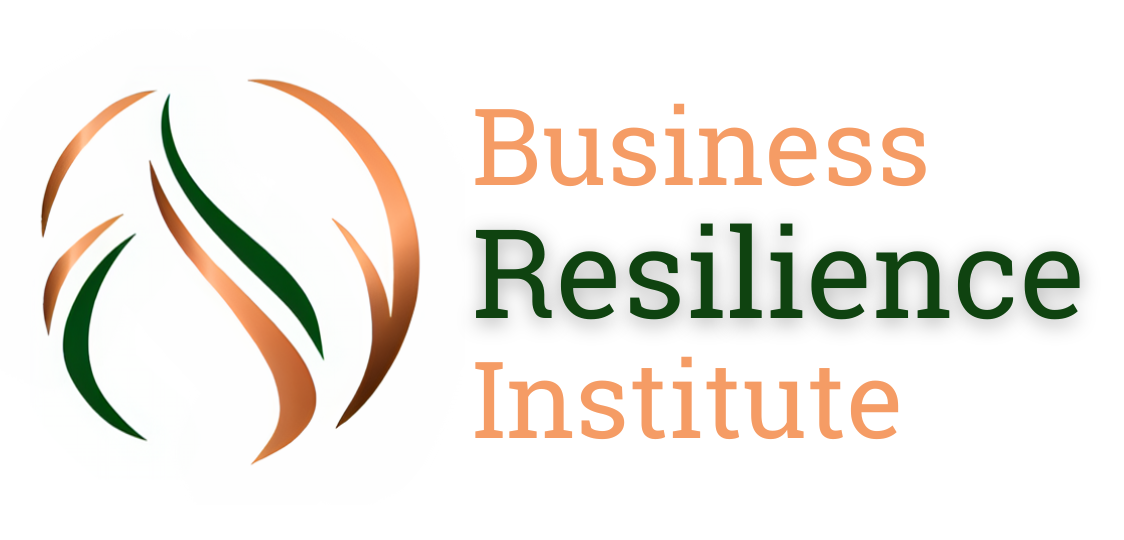Systemic Business Perspective
The “Systemic Business Perspective” is a fundamental dimension of the BRIeF Framework, designed to foster resilience across all facets of an organization. This approach recognizes that true resilience is not isolated to specific departments or functions but is a holistic attribute that encompasses the entire enterprise. By adopting a systemic perspective, businesses can ensure that they are robust, adaptable, and prepared for a range of potential disruptions.

The four perspectives of an organization
Enhancing resilience within each of the four perspectives of the Systemic Business Perspective involves specific strategies and actions tailored to operational, financial and legal, market position and customer relationships, and human capital and corporate governance aspects. Here’s a deeper look into what it means to be more resilient in each of these areas:
Operational Resilience
Being more operationally resilient means having the ability to maintain critical operations during a wide range of unforeseen disruptions. Examples are:
- Diversifying Supply Chains: Reducing dependency on single sources and geographical locations to mitigate risks of supply chain disruptions.
- Implementing Robust IT Systems: Strengthening cybersecurity measures, ensuring data integrity, and maintaining up-to-date and secure IT infrastructures to support operations under various scenarios.
- Adopting Flexible Production Methods: Utilizing agile manufacturing techniques that can be adjusted based on demand and external conditions.
- Building Redundancy: Having backup systems and processes in place, such as alternative power sources or parallel IT systems, to ensure continuity of operations.
Financial and Legal Resilience
Financial and legal resilience means ensuring the organization can withstand financial shocks and comply with legal obligations under adverse conditions. Examples are:
- Maintaining Healthy Cash Reserves: Building and preserving financial buffers to support operations through tough times.
- Risk Management and Insurance: Identifying financial risks and insuring against them appropriately to minimize potential impacts.
- Legal Compliance and Agility: Staying informed and compliant with changing regulations and having the flexibility to adapt to new legal requirements.
- Investment in Financial Intelligence: Leveraging financial analytics and forecasting to make informed decisions that safeguard the organization’s financial health.
Market Position and Customer Relationships
Resilience in market position and customer relationships focuses on sustaining and potentially enhancing the organization’s standing and connections in the market, even during challenging periods. Examples are:
- Brand Strength and Loyalty: Investing in brand equity and customer loyalty programs that can sustain business through downturns.
- Market Adaptability: Being able to quickly pivot products, services, or marketing strategies in response to changing market trends and customer needs.
- Customer Engagement: Maintaining open lines of communication with customers, understanding their evolving needs, and being responsive to feedback.
- Innovation and Diversification: Continuously innovating and diversifying offerings to meet emerging market opportunities and reduce dependence on single revenue streams.
Human Capital and Corporate Governance
Enhancing resilience in terms of human capital and corporate governance means fostering a culture and organizational structure that can navigate through uncertainties effectively. Examples are:
- Leadership Development and Succession Planning: Ensuring that the organization has strong leadership in place, with clear succession plans for critical roles.
- Employee Engagement and Well-being: Creating a supportive work environment that prioritizes employee well-being, engagement, and development.
- Effective Governance Structures: Implementing governance mechanisms that promote ethical conduct, accountability, responsive and transparent decision-making.
- Crisis Management and Communication Plans: Having clear crisis management protocols and communication strategies to guide leadership and staff through challenging times.
Building resilience across these four perspectives also requires a cooperative and holistic approach that acknowledges the interdependencies within the organization and leverages strengths to protect against vulnerabilities.

